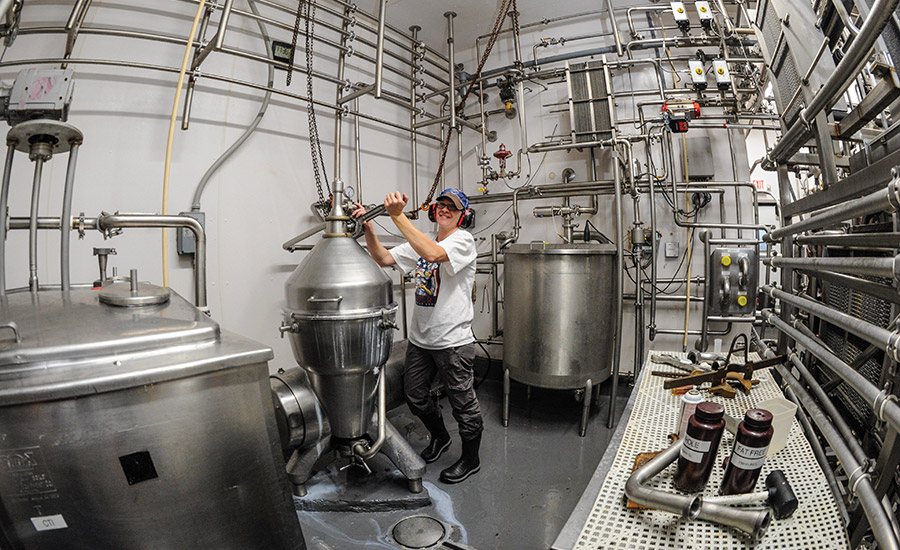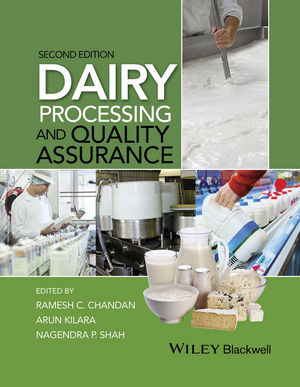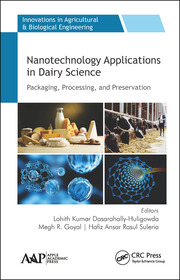A new day of processing and packaging is about to start in your dairy plant. The first shift has arrived and as the employees walk to their stations, they are pleased by the gleaming stainless steel, shiny walls and clean floors they see.
The facility is ready for another day of manufacturing safe, quality foods and beverages that will please the dairy’s customers. Everything looks good, but is the plant really ready?
What may be of great concern (and eventually detrimental to the continued success of your company) is what you cannot see lurking on the surface of equipment, walls, ceiling and floors. Proper environmental cleaning protocol is the only method of assuring that the shiny, clean plant that greets your employees is, in fact, thoroughly clean, free of microorganisms and ready for production.
Proper cleaning protocol consists of much more than just “pre-rinse, wash, post-rinse, sanitize.” A step-by-step process is essential in assuring that cleaning and sanitizing will provide satisfactory results day after day.
The process involves training, assessment and procedures.
Training. Proper training of sanitation employees is a must in providing the what, when and how to clean. Just as important is training your maintenance staff, plant engineers and supervisors. Training with regards to proper cleaning is necessary for all employees.
Assessment. Make an assessment of the production area and equipment. Identify all cleaning tasks, including equipment and the environment. Develop SSOPs (sanitation standard operating procedures) for all cleaning tasks.
Procedures. Teach your employees how to follow proper daily sanitation procedures. To assure proper and complete cleaning, a systematic approach is required. Here are eight steps to follow:
1. All cleaning tasks need to be sequenced in the cleaning process, identified and documented. Determine when, at what frequency, and in what order cleaning tasks should happen.
2. Begin the cleaning process with the “dry floor clean-up.” This includes removal of any leftover supplies, trash and tools that may have been used during production. Sweep the floor and clean-up any debris remaining from production.
3. Rinse the entire area, including walls and floors. Keep in mind that if using a high-pressure hose for the rinsing process, you are risking the potential of creating spray aerosols that could carry microorganisms and cross-contaminate other equipment surfaces. All visible soil should be removed from surfaces at this point.
4. Soap and scrub walls and floors first, then equipment. This will reduce the potential for cross-contamination. Cleaning needs to include conveyors, shields and other accessory equipment.
5. Disassemble and prepare equipment for cleaning. Are equipment components easy to dismantle and reassemble? This is best if accomplished without the use of tools. Equipment must be easily accessible to clean it properly. Soap and scrub all dismantled parts.
6. Post-rinse using low pressure and low-volume water. Rinse walls and floor first, then equipment last to avoid the potential of overspray or splashing on the equipment that has been soaped and scrubbed.
7. Reassemble equipment in preparation for use. This is the time for post-cleaning inspection and sanitizing of any components that may not be accessible after being assembled. Also, remove any tools that were used during clean-up.
8. Sanitize the walls, floors and equipment surfaces. One acceptable method is to foam the walls and floors with a quaternary ammonium sanitizing agent.
Then you want to apply periodic cleaning practices. This means that periodically you tear down and deep-clean the equipment. This is also an opportune time to inspect and assure equipment is being properly cleaned in the first place.
Finally, you must verify the effectiveness of plant clean-up. For this, you can use visual inspection, ATP bioluminescence and, in some cases, aerobic plate counts.
The steps for an appropriate environmental cleaning protocol presented here are essential. However, long-term satisfactory results cannot be achieved without a total “Culture of Clean.” This culture starts with management’s commitment and it is carried on through every employee in the company.









